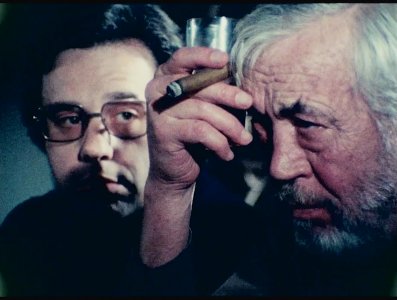Orson Welles or the tardiness of the enfant prodige. The cases of "The Other Side of the Wind" and "The Big Bras Ring""
Abstract
Orson Welles (1915-1985) has long been considered a "missed promise": he made his film debut at 25 and soon entered into conflict with the Studio system, which did not tolerate the subversive charge of his work. Welles thus moved to Europe, where he created a rich and jagged multimedia work, between cinema, theatre and television. Often neglected, the projects of the last fifteen years of his life (1970-1985) appear anything but senile, and instead demonstrate a surprising creativity and expressive force. These are works such as The Other Side of the Wind, which have remained unfinished for a long time and have been reconstructed many years later; or even left on paper, such as The Big Brass Ring. Analysing these two works, "late" but very topical, we find, expressed with unusual frankness, his favorite themes: the relationship between power and male desire, the obsession for old age, the reflection on his own work and on the nature of cinema.

Downloads
Published
How to Cite
Issue
Section
License
Copyright (c) 2023 Elephant & Castle

This work is licensed under a Creative Commons Attribution 4.0 International License.





